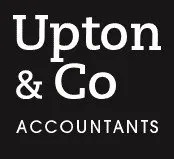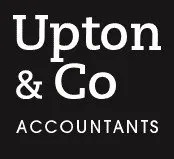HMRC can't fix Class 2 NI problem
Some people have been receiving mysterious refunds of Class 2 NI in recent weeks. HMRC has now provided an update on the issue. What’s going on?

Class 2 NI has been collected via self-assessment for a while now, but there are still problems. It was recently reported that HMRC’s systems were reversing payments where the (separate) NI system doesn’t have a self-employment record set up. It’s often overlooked that a self-employed person still needs to register separately for income tax and NI purposes. Now, the Institute of Chartered Accountants has identified a further problem with the payments for 2022/23.
The issue arises where the payment was made on or just before 31 January 2024. The problem is that HMRC payment processing that should have taken place on 2 February was delayed by three days. Some people may have received an SA302 saying that they have paid late. If you are affected, you will have either had a refund of the Class 2 NI, or the amount will be unallocated on the self assessment system.
Unfortunately, despite pressure from various professional bodies to come up with an online fix, HMRC has now said that there is no solution other than to make a phone call to the NI helpline on 0300 200 3500. However, you can at least check your personal tax account to see if your Class 2 NI credit is showing for 2022/23. If it is, you don’t need to take any further action.
Related Topics
-
Simpler Recycling rules take effect
New rules on how workplaces must sort their waste and recycling have taken effect from 31 March. What are the key changes to be aware of?
-
New CGT reporting tool
Self-assessment returns aren’t set up for the change in capital gains tax (CGT) rates on the government filing system and will require a manual adjustment for 2024/25 to ensure the correct amount is paid. Why is there a problem and can a new online tool help?
-
MONTHLY FOCUS: THE ENTERPRISE INVESTMENT SCHEME QUALIFYING CONDITIONS
The enterprise investment scheme (EIS) is a generous collection of tax reliefs aimed at encouraging private investment into relatively young companies. In this Focus, we look at the qualifying conditions relating to the investor and the issuing company that must be met in order for a claim for relief to succeed.




 This website uses both its own and third-party cookies to analyze our services and navigation on our website in order to improve its contents (analytical purposes: measure visits and sources of web traffic). The legal basis is the consent of the user, except in the case of basic cookies, which are essential to navigate this website.
This website uses both its own and third-party cookies to analyze our services and navigation on our website in order to improve its contents (analytical purposes: measure visits and sources of web traffic). The legal basis is the consent of the user, except in the case of basic cookies, which are essential to navigate this website.